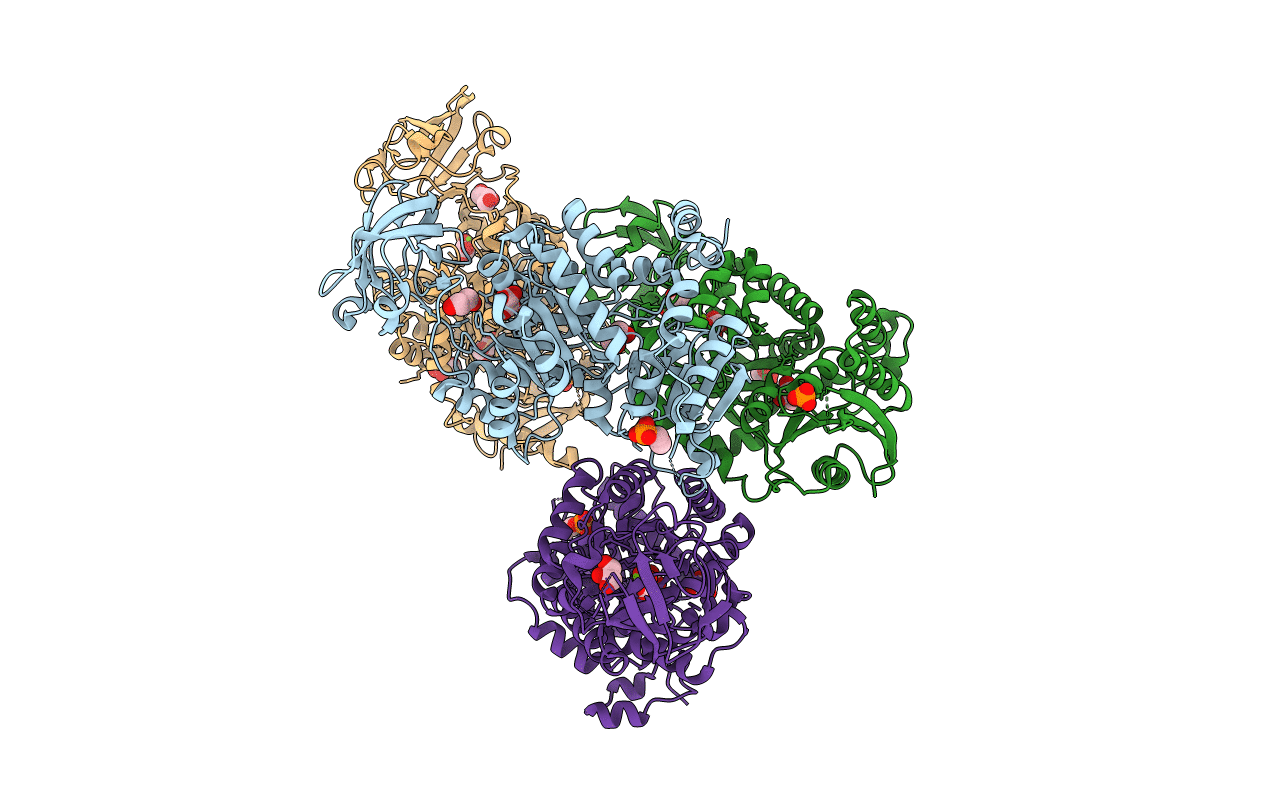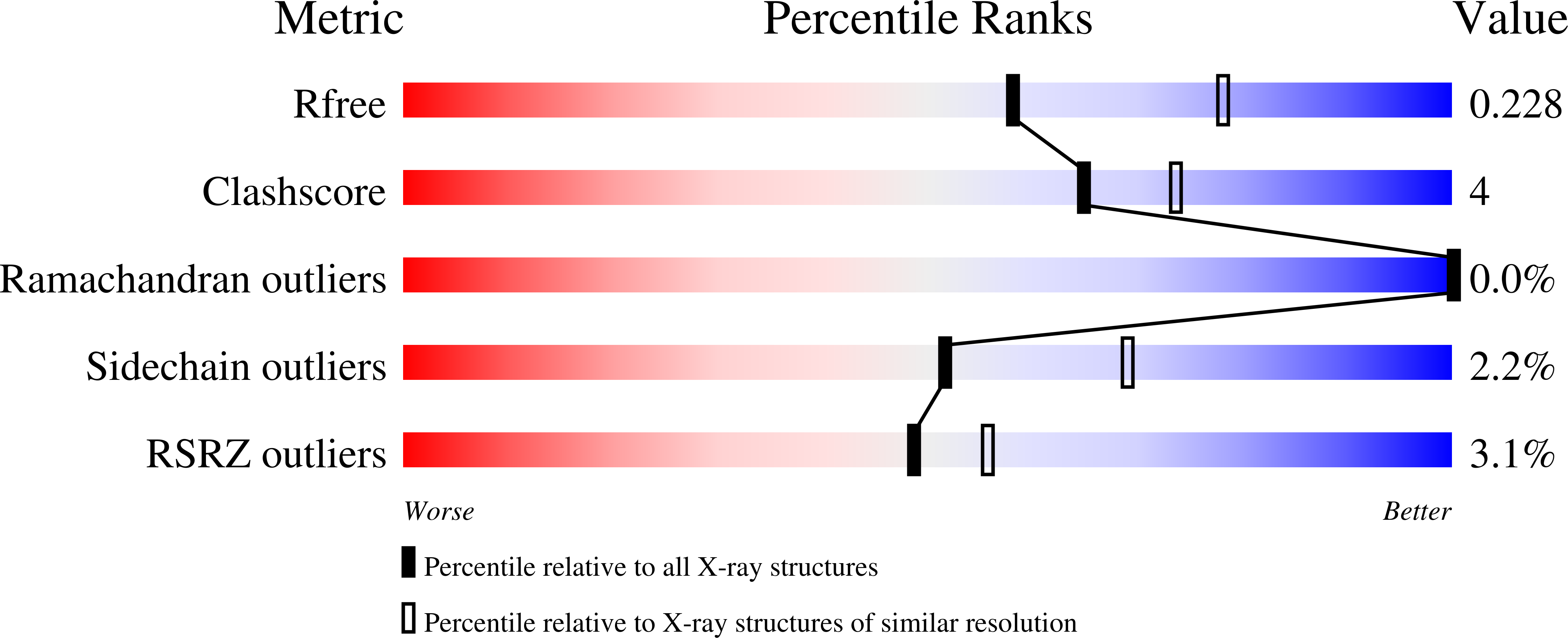
Deposition Date
2020-12-16
Release Date
2021-12-22
Last Version Date
2023-10-25
Method Details:
Experimental Method:
Resolution:
2.29 Å
R-Value Free:
0.22
R-Value Work:
0.18
R-Value Observed:
0.18
Space Group:
C 2 2 21


